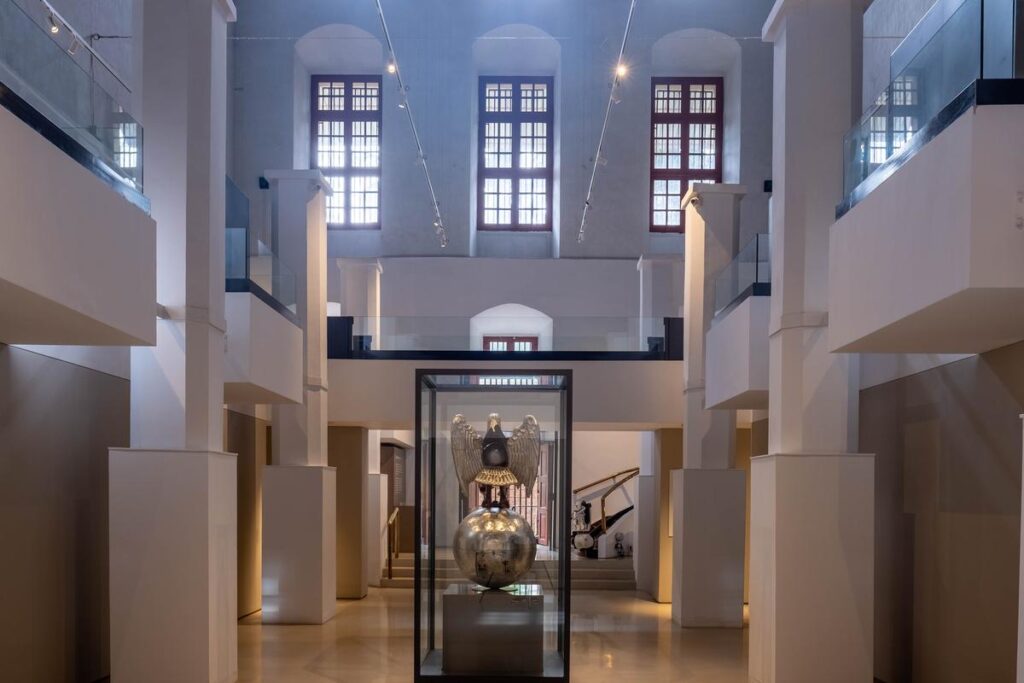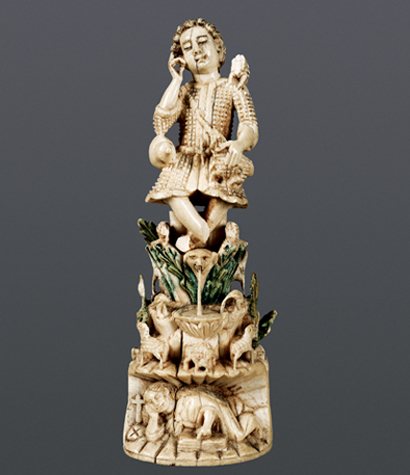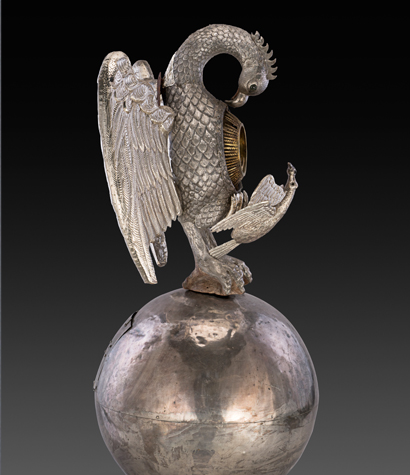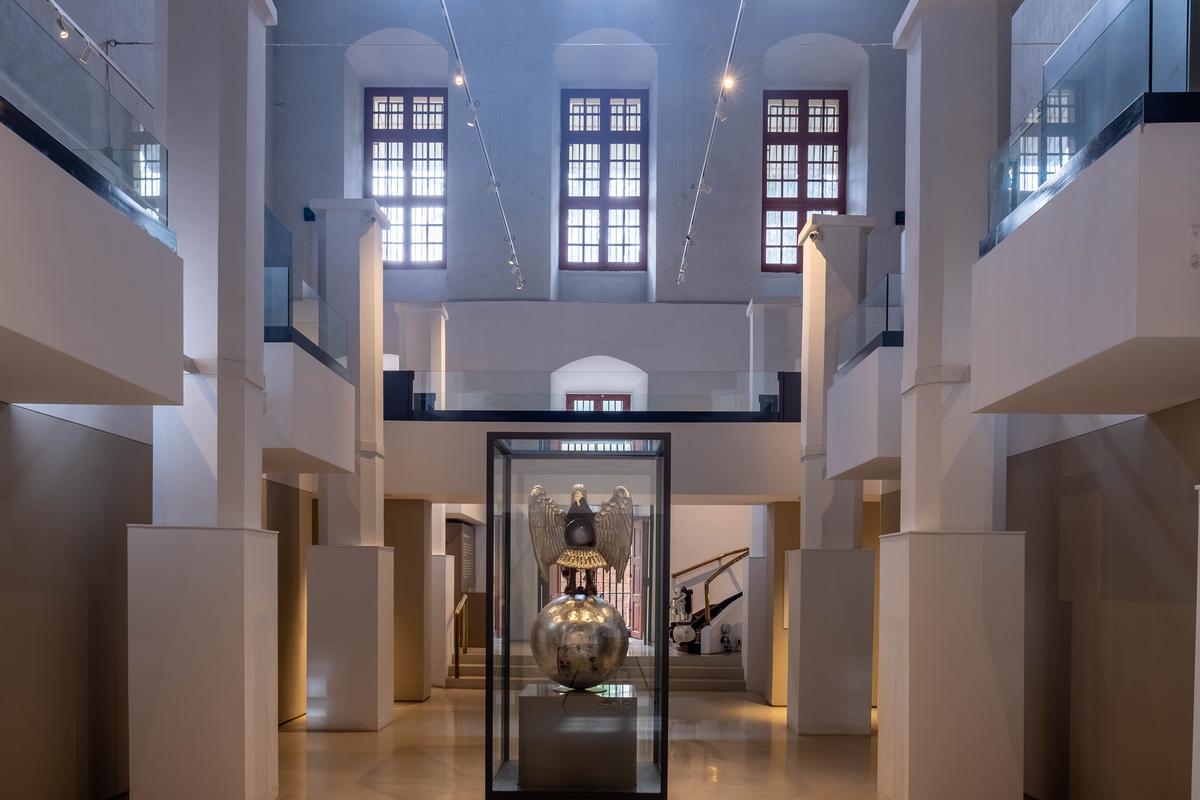
The Museum of Christian Art (MoCA), Old Goa, lender a fine collection of art objects from the 16th to the 20th centuries. Several of them originally made for the churches, convents and private chapels. Suites of paintings, books, textiles, wood and ivory sculptures, liturgical objects, jewellery, and furniture.
Historical Background
Even before the coming of the Portuguese, way back in 1510. There had already been an established Goan school of art. Local artists, with the help of royal patronage, executed images, sculptures, and paintings of the local deities in this school. During the early period of Portuguese rule, Europeans imported many Christian liturgical artifacts, furniture, and everyday articles. However, these were not in large numbers.
The burgeoning needs soon resulted in the need to commission local artists to create new items. With time, the art unique works were done for local use as well as export. Many Indian talent or artistry like the silversmiths, goldsmiths, and wood carvers infused their own styles. Into these products which evolved into what is called Indo-Portuguese art.
What’s on Display
Jesus as the Good Shepherd: This 17th-century ivory sculpture depicts Jesus as a young shepherd. Lounging with sheep all around him, while on the pedestal one finds a hill Detailed to show a face symbolizing the fount of life from which water flows.

Pelican Tabernacle Monstrance: This impressive structure in wood coated with silver, symbolizing Christ’s sacrifice, is a pelican. It had originally been prepared for the Convent of Santa Monica; it had a spherical base and an aperture to present consecrated hosts.

Virgin and Child Painting: This evocative rendition depicts Mary gazing down upon sleeping Jesus. matching the delicacy of the scene by the multiple frames with intricate designs—either Mughal paisleys or fine silver filigree.

Infant Jesus Saviour of the World: This is a synthesis of European and Indo-Portuguese styles since it contains Infant Jesus in European style. But the base with a serpent and a water-leafed plant follows the Indian style.

Processional banners: These were big banners, heavily covered in pictures of saints and used along religious processions. Of these, one belonged to the Confraternity of Saint Joseph. And it is adorned by the figures of Saint Joseph and Virgin Mary; these latter have their hands and faces made in ivory.

Other artefacts: Vestments having heavy work, chalices, and other sacred vessels of precious metals. And stones with carved ivory, paintings, and pieces of sculpture.
About the Museum
MoCA is located on Holy Hill in Old Goa, in the 17th-century Convent of Santa Monica. It was the first such museum in Asia and was established with support from the Calouste Gulbenkian Foundation. In Portugal and the Indian National Trust for Art and Cultural Heritage. The museum has a collection that truly epitomizes the amalgamation of Indian and European art. Thus appealing to visitors and scholars alike across the globe.
Historical Significance
The museum notes that Hindu artists created great treasures during the Portuguese rule. Due to the high demand for religious art, local artists were commissioned and worked using their own techniques and style, making Christian art an Indo-Portuguese style.
Renovation and Preservation
It is on a large scale that renovation was done. To this building when the museum was shifted from Rachol Seminary to the Convent of Santa Monica. The Church of the Weeping-Cross, famous for a statue that shed tears of blood throughout the 17th century, was restored.
Conclusion
The Museum of Christian Art retains an invaluable blend of cultures and religions, if not otherwise, portraying beauty and worth in Indo-Portuguese art. It is the testament to the cooperation between diverse traditions that come together to create works of timeless beauty, left for the generations to come.


